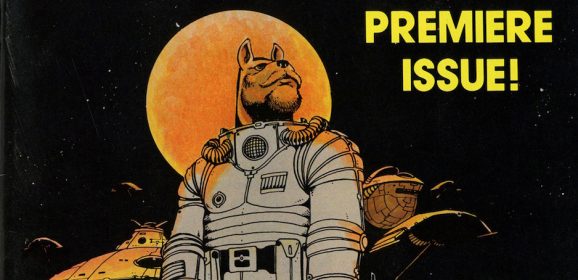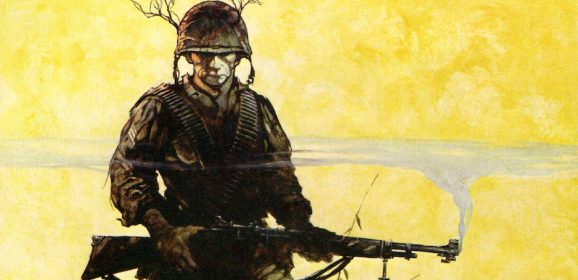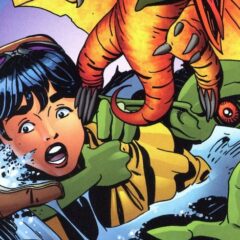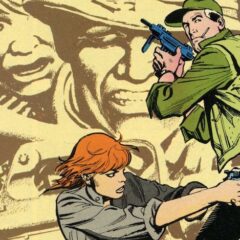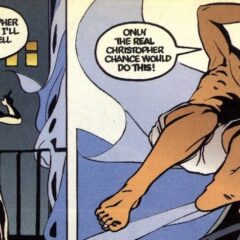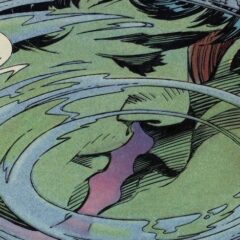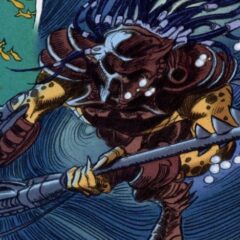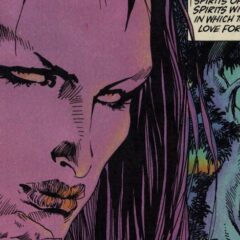BURIED TREASURE: Archie Goodwin’s BLAZING COMBAT — 60 Years Later
For VETERANS DAY… By PETER STONE Occasionally, there is a period in the comic book timeline that produces some truly exceptional work. The mid-’80s brought us Watchmen, Batman: Year One, The Killing Joke, The Dark Knight Returns, Daredevil: Born Again, Swamp Thing, Miracleman, V For Vendetta, Crisis on Infinite Earths, and The Man of Steel. The late 1940s through the 1950s gave us EC Comics with talents like Wally Wood, Jack Davis, Harvey Kurtzman, Frank Frazetta, Al Williamson and so many others. The ’60s and Jack Kirby gave us Marvel Comics. The ’70s boasted Neal Adams’ genius and the ’90s exploded with Image Comics. There was a brief moment, however — less than a year and only four issues — when some of the best (if not the very best) war comics were published, in a Warren magazine called Blazing Combat. The editor and almost sole writer was Archie Goodwin, one of the best to ever sit down at a typewriter. His stories were humanistic and focused on the personal toll that war played on a soldier instead of the shoot-em-up kind of adventure yarns. Launching 60 years ago in the summer of 1965, and published quarterly with a page count of 64 pages and a cover price of 35 cents, Blazing Combat featured easily the best stories and art being produced at the time. In many ways, the series was a spiritual descendant of EC Comics’ war books more than a decade earlier, with an incredible battery of artistic talent, including John Severin, Joe Orlando, Wally Wood, Al Williamson, Russ Heath, Frank Frazetta, Reed Crandall, Alex Toth, Gene Colan, Angelo Torres, George Evans and Gray Morrow. Heath’s “Give and Take,” written by Archie Goodwin, may be the best thing the artist ever did. While Toth, Colan, Wood, and Williamson all had their own styles, Heath took photographs for every panel, which brought a realism to the story rarely seen before. The “camera” is all over the place: When the hero is caught in a hail of gunfire, the camera is on the ground, looking up at him. He staggers, then is shot in the leg before falling to the ground, completely out of control. It’s a beautifully tragic three panels and shockingly well-drawn. If you look carefully at the faces, you might notice they’re very similar. The reason?...
Read more

